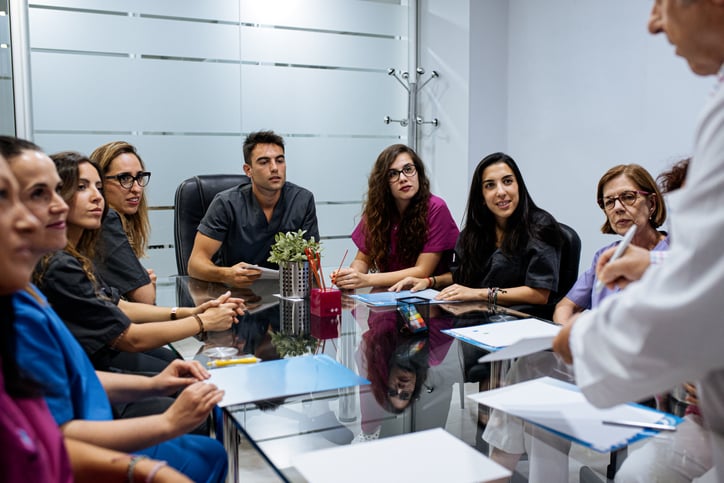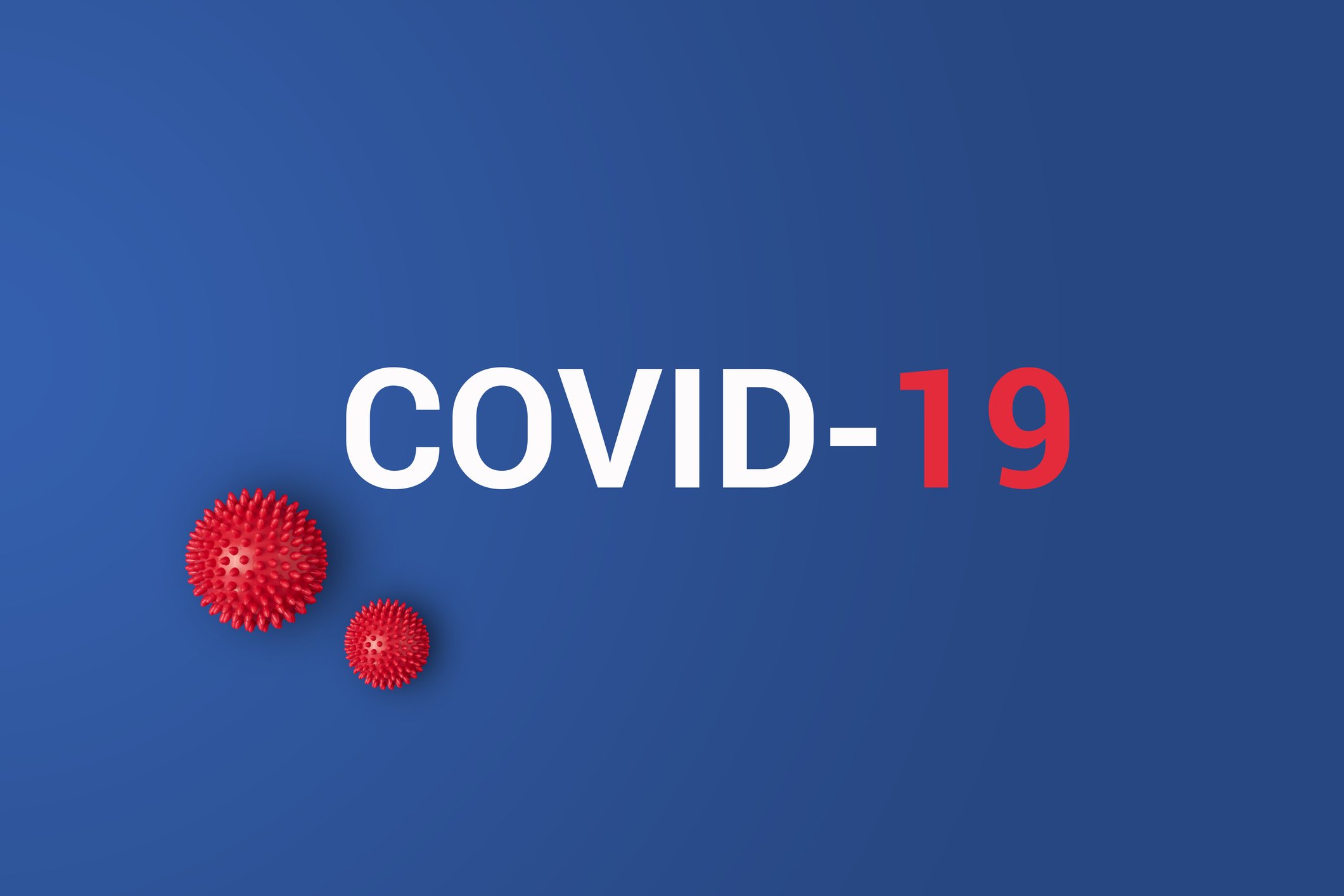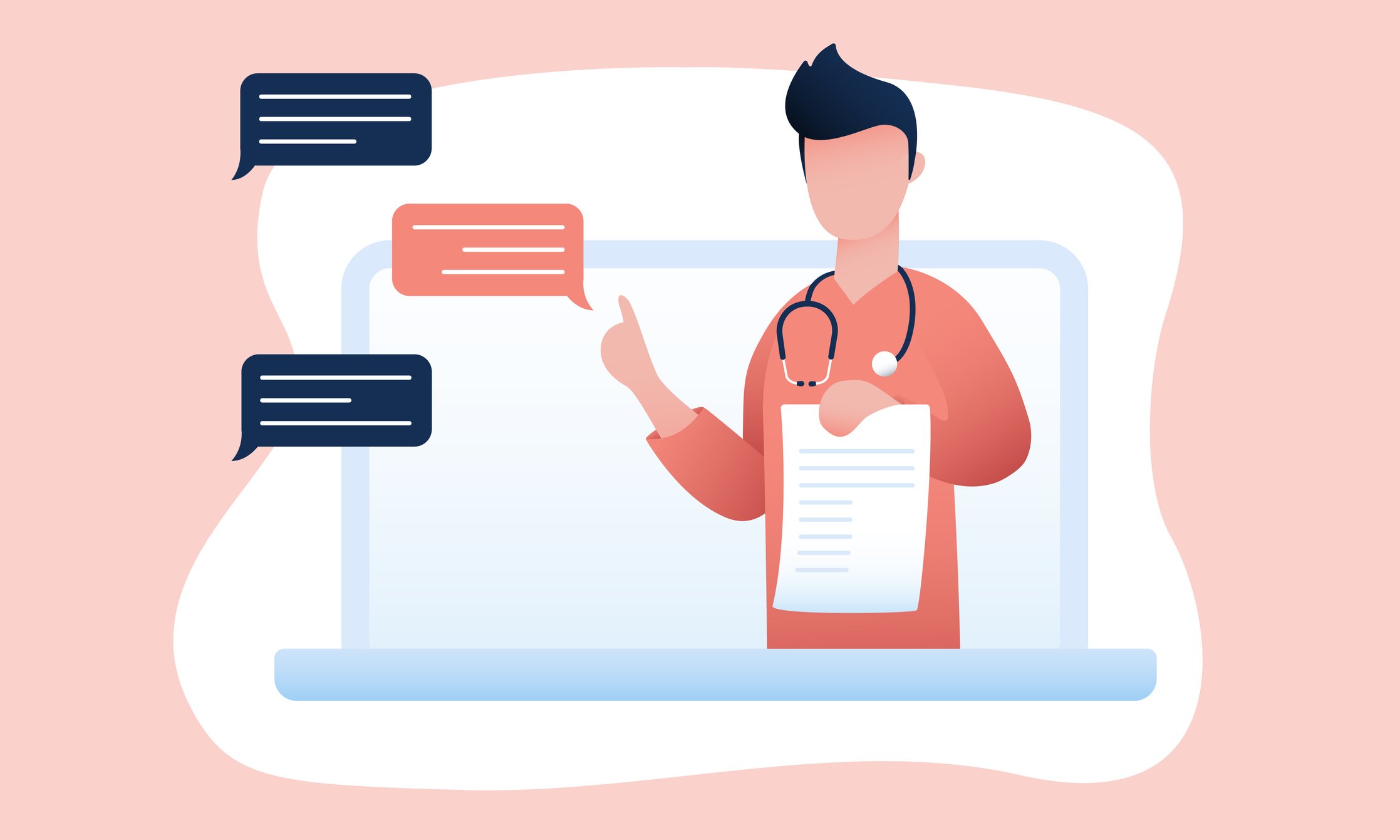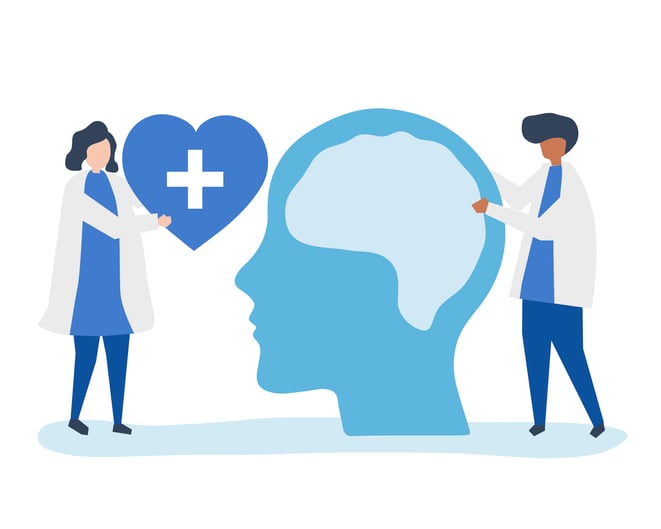 In order for a healthcare system to be successful in having high engagement, job satisfaction and retention, the Nursing workforce should be able to combat the stressors of the job and burnout.
In order for a healthcare system to be successful in having high engagement, job satisfaction and retention, the Nursing workforce should be able to combat the stressors of the job and burnout.
Nurses can better accomplish this by having help from peer support groups and mindfulness programs.
According to a report from the National Academy of Medicine (NAM), between 35% and 54% of Nurses and Doctors experience burnout. Among medical students and residents, it is as high as 60%.
Symptoms, the NAM report said, include emotional exhaustion, cynicism, loss of enthusiasm and joy in their work and increasing detachment from their patients and the patients’ ailments. The problem has been linked to higher rates of depression, substance abuse and suicide.
Many institutions are implementing stress management and self-care programs to provide caregivers with easy-to-use tools and resources to build their resilience and help them cope.
The Cleveland Clinic Abu Dhabi implemented a new mindfulness program known as the ‘Compassionate Intension Program.’ The sessions introduce caregivers to mindfulness as a wellness tool they can utilize in both their workplace and personal lives. Currently, there are three sessions in place:
- In Tune Tuesdays: Held biweekly, ‘In Tune Tuesdays’ are 20-minute classes designed to further educate attendees on mindfulness and how to improve mindfulness in their work environment. The classes are held at three different times to accommodate caregiver schedules.
- Mindfulness Rounding: Also a biweekly activity, ‘Mindfulness Rounding’ features a team of mindfulness experts who visit clinical units. The experts conduct learning huddles and one-on-one conversations with caregivers, sharing quick tips. Their pocket cards or guides offer information on easy-to-implement mindfulness techniques.
- Introduction to Mindfulness Workshop: This 8-week workshop, featuring 1-hour weekly sessions, was developed around the evidence-based standards of mindfulness experts, including, Jon Kabit-Zinn, PhD, of the University of Massachusetts Medical School, Center for Mindfulness, and Richard Davidson, PhD, of the University of Wisconsin’s Center for Healthy Minds and Oxford University’s Mindfulness Center. It offers a deeper dive into various mindfulness techniques.
Johns Hopkins Hospital, Pediatric Nurse, Cheryl Connors, RN, MS, created a peer program to provide immediate support for health providers affected by stressful cases.
The Resilience in Stressful Events (RISE) program was developed with a Pediatric Chaplain, a Patient Safety Director, a Doctoral Student, and General Internist Albert Wu, MD, FACP.
According to the American College of Physicians, the RISE program provides a team of 39 peer responders who volunteer their time to support those who call the service. RISE team members include Nurses, Doctors, Nurse Practitioners, Respiratory Therapists, Pastoral Caregivers, and Social Workers. They undergo didactic, video-based, and role-playing training.
The team has been called by more than 700 Johns Hopkins employees. The hospital previously had a program offering free professional counseling but, Ms. Connors said, “They actually prefer somebody who knows what they're going through—another health caregiver who can relate—and when they need it, not a week later.”
As supporters of patients and their families, Nurses deal with a lot of stress. Health systems can help their Nurses by surrounding them with support and offering them the tools to overcome and cope with stress so they can provide the best care for their patients and for themselves.

![]() Nurses, Doctors, EMTs, and other healthcare workers are on the front lines of the COVID-19 battle. Even though they are going through the toughest time right now, they still manage to keep a good sense of humor.
Nurses, Doctors, EMTs, and other healthcare workers are on the front lines of the COVID-19 battle. Even though they are going through the toughest time right now, they still manage to keep a good sense of humor. 

 What Nurses Need to Know about COVID-19
What Nurses Need to Know about COVID-19 During this global health crisis, telehealth is an effective solution for the prevention and treatment of COVID-19.
During this global health crisis, telehealth is an effective solution for the prevention and treatment of COVID-19. 
 Nursing is a demanding field and there are many factors that put Nurses at risk for developing problems with substance abuse and addiction.
Nursing is a demanding field and there are many factors that put Nurses at risk for developing problems with substance abuse and addiction. A Nurse Preceptor is an experienced and competent staff Nurse who serves as a role model and point person to newly employed staff Nurses, student Nurses, or new graduate Nurses, according to
A Nurse Preceptor is an experienced and competent staff Nurse who serves as a role model and point person to newly employed staff Nurses, student Nurses, or new graduate Nurses, according to  Today's health systems are made of skilled, multigenerational, and culturally diverse work forces. And even though each specialty has a specific focus, you all share a common goal. That goal is to provide the best patient care experience in a positive work environment. The best way to accomplish that goal is with teamwork.
Today's health systems are made of skilled, multigenerational, and culturally diverse work forces. And even though each specialty has a specific focus, you all share a common goal. That goal is to provide the best patient care experience in a positive work environment. The best way to accomplish that goal is with teamwork. Millennials will account for 75 percent of the
Millennials will account for 75 percent of the  Physician shortage concerns has influenced the use of more Nurse Practitioners to provide primary care and fill gaps in rural areas.
Physician shortage concerns has influenced the use of more Nurse Practitioners to provide primary care and fill gaps in rural areas. In order for a healthcare system to be successful in having high engagement, job satisfaction and retention, the Nursing workforce should be able to combat the stressors of the job and burnout.
In order for a healthcare system to be successful in having high engagement, job satisfaction and retention, the Nursing workforce should be able to combat the stressors of the job and burnout. Approximately 56 million American adults are struggling with a mental illness or substance use disorder, according to the
Approximately 56 million American adults are struggling with a mental illness or substance use disorder, according to the